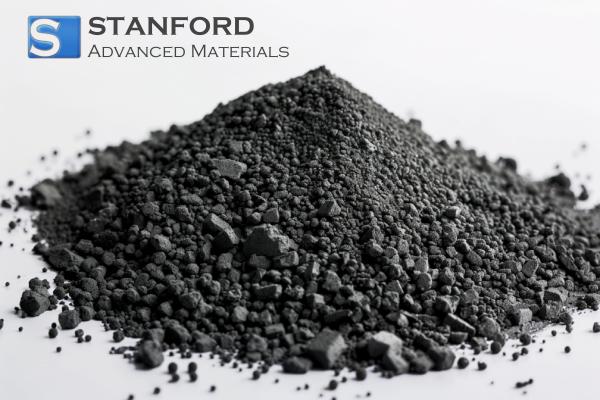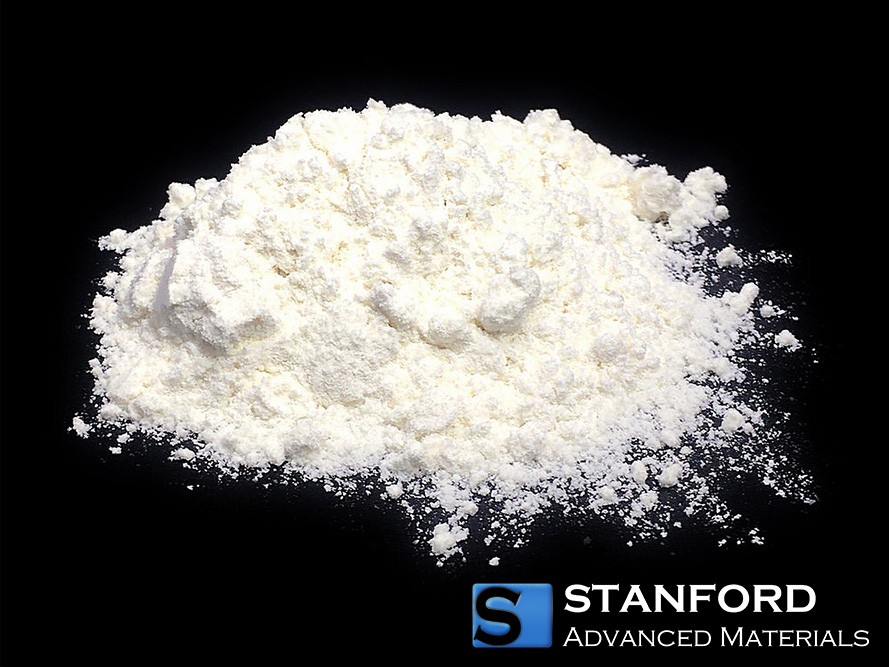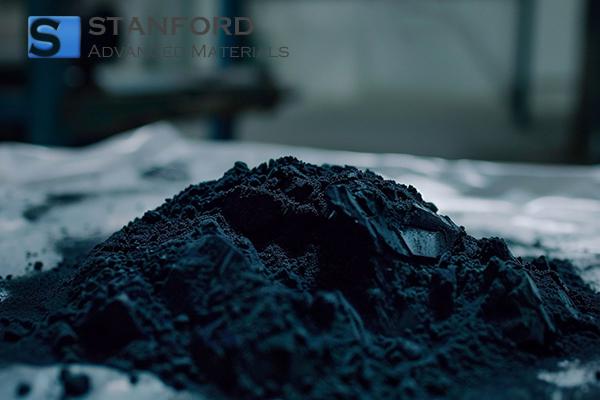Melting Point: Common Materials, Metals, And Elements
Melting Points of Common Materials
|
Product |
Melting Point (°C) |
Melting Point (°F) |
|
Copper |
1 084 |
1 983 |
|
Gold |
1 064 |
1 947.5 |
|
Iron |
1 538 |
2 800 |
|
Lead |
327.5 |
621 |
|
Silver |
961 |
1 761 |
|
Steel |
1 425–1 540 |
2 600–2 800 |
Melting Points of Refractory Metals
|
Product |
Melting Point (°C) |
Melting Point (°F) |
|
Aluminium |
660 |
1 220 |
|
Chromium |
1 860 |
3 380 |
|
Cobalt |
1 495 |
2 723 |
|
Copper |
1 084 |
1 983 |
|
Gold |
1 063 |
1 945 |
|
Hafnium |
2 233 |
4 051 |
|
Iridium |
2 466 |
4 471 |
|
Manganese |
1 246 |
2 275 |
|
2 623 |
4 753 |
|
|
Neodymium |
1 024 |
1 875 |
|
Nickel |
1 453 |
2 647 |
|
Niobium |
2 477 |
4 491 |
|
1 554.9 |
2 830.82 |
|
|
1 770 |
3 218 |
|
|
Samarium |
1 072 |
1 962 |
|
Scandium |
1 541 |
2 806 |
|
3 017 |
5 463 |
|
|
Terbium |
1 356 |
2 473 |
|
1 670 |
3 038 |
|
|
3 400 |
6 152 |
|
|
Yttrium |
1 526 |
2 779 |
|
1 855 |
3 371 |
|
|
Carbon Steel |
1 425–1 540 |
2 597–2 800 |
|
Cast Iron |
1 204 |
2 200 |
|
Inconel |
1 390–1 425 |
2 540–2 600 |
|
2 507 |
4 545 |
|
|
Stainless Steel |
1 375–1 530 |
2 500–2 785 |
|
3 005–3 030 |
5 441–5 486 |
|
|
2 617 |
4 612 |
Melting Points of the Elements
|
Element |
Atomic Number |
Melting Point (°C) |
Melting Point (°F) |
|
Ac |
89 |
1 050 |
1 922 |
|
47 |
961.93 |
1 763.47 |
|
|
13 |
660.32 |
1 220.58 |
|
|
Am |
95 |
1 176 |
2 149 |
|
33 |
817 |
1 503 |
|
|
79 |
1 064.18 |
1 947.52 |
|
|
5 |
2 075 |
3 767 |
|
|
56 |
727 |
1 341 |
|
|
4 |
1 287 |
2 349 |
|
|
83 |
271.4 |
520.52 |
|
|
35 |
-7.2 |
19.04 |
|
|
6 |
3 500 |
6 332 |
|
|
20 |
842 |
1 548 |
|
|
48 |
321.07 |
609.93 |
|
|
Ce |
58 |
795 |
1 463 |
|
Cl |
17 |
-101.5 |
-150.7 |
|
27 |
1 495 |
2 713 |
|
|
24 |
1 907 |
3 465 |
|
|
55 |
28.44 |
83.19 |
|
|
29 |
1 083.4 |
1 982.12 |
|
|
Dy |
66 |
1 412 |
2 574 |
|
Er |
68 |
1 529 |
2 784 |
|
Eu |
63 |
822 |
1 512 |
|
9 |
-219.67 |
-363.41 |
|
|
26 |
1 538 |
2 800.4 |
|
|
31 |
29.76 |
85.57 |
|
|
Gd |
64 |
1 313 |
2 395 |
|
32 |
937.4 |
1 719.32 |
|
|
1 |
-259.14 |
-434.45 |
|
|
He |
2 |
-272.2 |
-457.96 |
|
72 |
2 233 |
4 049 |
|
|
Hg |
80 |
-38.83 |
-37.89 |
|
Ho |
67 |
1 470 |
2 678 |
|
53 |
113.7 |
236.66 |
|
|
49 |
156.6 |
313.88 |
|
|
77 |
2 410 |
4 370 |
|
|
19 |
63.38 |
146.08 |
|
|
Kr |
36 |
-157.36 |
-251.25 |
|
La |
57 |
920 |
1 688 |
|
3 |
180.54 |
356.97 |
|
|
Lu |
71 |
1 663 |
3 025 |
|
12 |
650 |
1 202 |
|
|
25 |
1 244 |
2 271.2 |
|
|
42 |
2 623 |
4 753.4 |
|
|
7 |
-210.01 |
-346.02 |
|
|
11 |
97.72 |
207.9 |
|
|
41 |
2 468 |
4 474 |
|
|
Nd |
60 |
1 024 |
1 875 |
|
Ne |
10 |
-248.59 |
-415.26 |
|
28 |
1 453 |
2 647.4 |
|
|
Np |
93 |
640 |
1 184 |
|
O |
8 |
-218.79 |
-361.82 |
|
Os |
76 |
3 306 |
5 983 |
|
15 |
44.15 |
111.47 |
|
|
Pa |
91 |
1 572 |
2 862 |
|
82 |
327.46 |
621.43 |
|
|
46 |
1 552.2 |
2 825.96 |
|
|
Pm |
61 |
1 042 |
1 908 |
|
Po |
84 |
254 |
489.2 |
|
Pr |
59 |
931 |
1 708 |
|
78 |
1 768.3 |
3 214.94 |
|
|
Pu |
94 |
640 |
1 184 |
|
Ra |
88 |
700 |
1 292 |
|
37 |
39.31 |
102.76 |
|
|
75 |
3 186 |
5 767.8 |
|
|
45 |
1 964 |
3 567.2 |
|
|
Rn |
86 |
-71 |
-96.8 |
|
44 |
2 334 |
4 233.2 |
|
|
16 |
115.21 |
239.38 |
|
|
51 |
630.63 |
1 167.14 |
|
|
21 |
1 539 |
2 802 |
|
|
34 |
217 |
422.6 |
|
|
14 |
1 414 |
2 577.2 |
|
|
Sm |
62 |
1 072 |
1 962 |
|
50 |
231.93 |
449.47 |
|
|
38 |
769 |
1 416.2 |
|
|
73 |
2 996 |
5 424.8 |
|
|
Tb |
65 |
1 629 |
2 964.2 |
|
Tc |
43 |
2 172 |
3 952 |
|
52 |
449.51 |
841.12 |
|
|
Th |
90 |
1 750 |
3 182 |
|
22 |
1 668 |
3 034.4 |
|
|
Tl |
81 |
304 |
579.2 |
|
Tm |
69 |
1 545 |
2 813 |
|
U |
92 |
1 132.2 |
2 070 |
|
23 |
1 910 |
3 466 |
|
|
74 |
3 422 |
6 182.6 |
|
|
Xe |
54 |
-111.8 |
-169.24 |
|
39 |
1 522 |
2 772 |
|
|
Yb |
70 |
824 |
1 515.2 |
|
30 |
419.53 |
787.15 |
|
|
40 |
1 852 |
3 366.4 |
Melting Point: FAQs
1. What is a melting point?
The melting point is the temperature at which a substance changes state from solid to liquid under normal atmospheric pressure. It is an intrinsic property of each material and is affected by factors such as pressure and impurities.
2. Why is the melting point important?
The melting point is critical for understanding the thermal behaviour of a material. It provides quantitative information on a material’s properties and is applicable in fields such as material science, chemistry and industrial processes, as well as product design.
3. How is the melting point determined?
The melting point is typically determined by observing the transition from the solid to the liquid state under controlled conditions. Techniques include differential scanning calorimetry and visual observation.
4. Are there different types of melting points?
Yes, distinct melting point definitions exist. For instance, the initial melting point is the temperature at which the first signs of melting appear, and the final melting point is when the substance is entirely liquid. In mixtures and alloys, a range of melting temperatures is observed.
5. How does pressure affect the melting point?
In general, an increase in pressure elevates the melting point, whereas a decrease in pressure lowers it, given that the material’s properties determine the extent of this effect.
6. Why do alloys exhibit a range of melting temperatures?
Alloys consist of more than one element, thereby yielding a temperature range for the melting process. The specific composition of the alloy determines its unique melting characteristics.
7. Can impurities affect the melting point?
Yes, impurities can significantly affect the melting point. Depending on the nature of the impurity and its interaction with the material, the melting point may either increase or decrease.
8. Is the melting point identical to the freezing point?
For a pure substance, the melting point and freezing point are the same under identical conditions. Both represent the temperature at which the transition between the solid and liquid states occurs.

 Bars
Bars
 Beads & Spheres
Beads & Spheres
 Bolts & Nuts
Bolts & Nuts
 Crucibles
Crucibles
 Discs
Discs
 Fibers & Fabrics
Fibers & Fabrics
 Films
Films
 Flake
Flake
 Foams
Foams
 Foil
Foil
 Granules
Granules
 Honeycombs
Honeycombs
 Ink
Ink
 Laminate
Laminate
 Lumps
Lumps
 Meshes
Meshes
 Metallised Film
Metallised Film
 Plate
Plate
 Powders
Powders
 Rod
Rod
 Sheets
Sheets
 Single Crystals
Single Crystals
 Sputtering Target
Sputtering Target
 Tubes
Tubes
 Washer
Washer
 Wires
Wires
 Converters & Calculators
Converters & Calculators





 Chin Trento
Chin Trento



